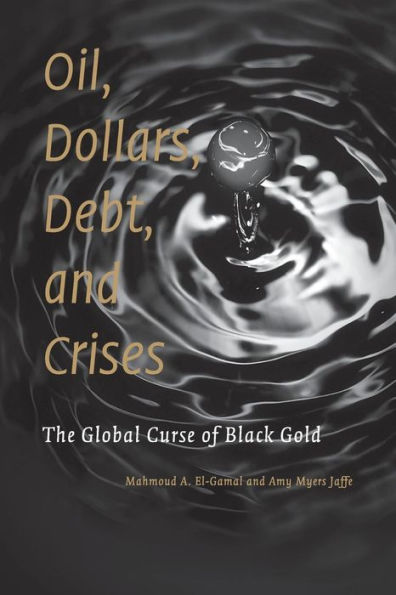5
1
9780521720700


Oil, Dollars, Debt, and Crises: The Global Curse of Black Gold available in Paperback

Oil, Dollars, Debt, and Crises: The Global Curse of Black Gold
- ISBN-10:
- 0521720702
- ISBN-13:
- 9780521720700
- Pub. Date:
- 12/14/2009
- Publisher:
- Cambridge University Press
- ISBN-10:
- 0521720702
- ISBN-13:
- 9780521720700
- Pub. Date:
- 12/14/2009
- Publisher:
- Cambridge University Press
29.99
In Stock

Product Details
| ISBN-13: | 9780521720700 |
|---|---|
| Publisher: | Cambridge University Press |
| Publication date: | 12/14/2009 |
| Edition description: | New Edition |
| Pages: | 232 |
| Product dimensions: | 6.00(w) x 8.90(h) x 0.70(d) |
About the Author
From the B&N Reads Blog
